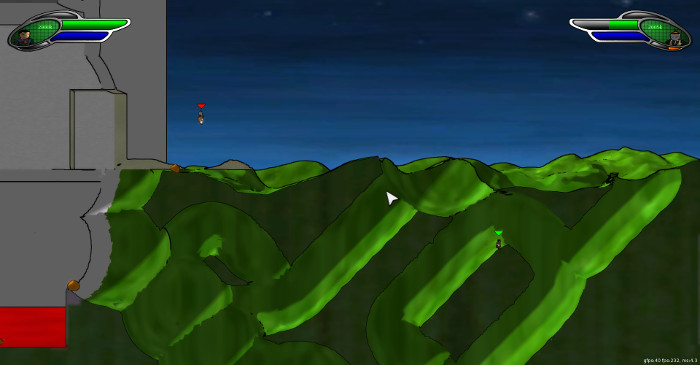

Most chordates are vertebrates (animals with backbones), but the phylum also includes some small marine invertebrate animals. , phylum of animals having a notochord, or dorsal stiffening rod, as the chief internal skeletal support at some stage of their development. Lemmings are classified in the phylum Chordata Chordata The steppe lemmings, members of the genus Lagarus, of S Russia and Mongolia, are properly classified as voles the North American species of this genus, Lagarus curtatus, is found in the W United States and is known as the sagebrush vole. The wood lemming, Myopus schisticolor, is found in N Eurasia. Bog lemmings, members of the genus Synaptus, are found in marshy places in North America as far south as the N United States. They are also distinguished by the growth in winter of an extremely long two-pronged claw on the third and fourth finger of each forefoot these claws may function in shoveling snow. The snow, or collard, lemmings, Dicrostonyx, found in the arctic regions of Asia and North America, are pure white in winter and brown, gray, or reddish in summer this color change is unique among rodents. Other species of the genus Lemmus are found in the northern portions of Eurasia and North America and sometimes exhibit similar swarmings. This behavior has given rise to folklore about lemmings committing mass suicide, but the population crashes mainly because lemming predators increase in number in response. They cross bodies of water by swimming and occasionally some reach and enter the ocean, where they drown. Two or three times per decade, this species undergoes a population explosion of such proportions that the lemmings set out in all directions in search of food. The brown to black Norway lemming, Lemmus lemmus, of Scandinavia, is the best known, because of its spectacular periodic swarming. (13 cm) long, with stout bodies, thick fluffy fur, small ears, very short tails, and long claws. They feed on grasses, mosses, and roots, and probably on insects. They frequently nest in underground burrows, particularly in winter, although they do not hibernate.

All live in arctic or northern regions, inhabiting tundra or open meadows.

(9–18 cm) and have rounded bodies with gray or brown coats, blunt muzzles, small ears concealed in the long fur, and short tails. Name for a large number of mouselike rodents, related to the lemmings. Click the link for more information. related to the voles vole, The Rodentia is by far the largest mammalian order nearly half of all mammal species are rodents. Member of the mammalian order Rodentia, characterized by front teeth adapted for gnawing and cheek teeth adapted for chewing. Lemming, name for several species of mouselike rodents rodent,


 0 kommentar(er)
0 kommentar(er)
